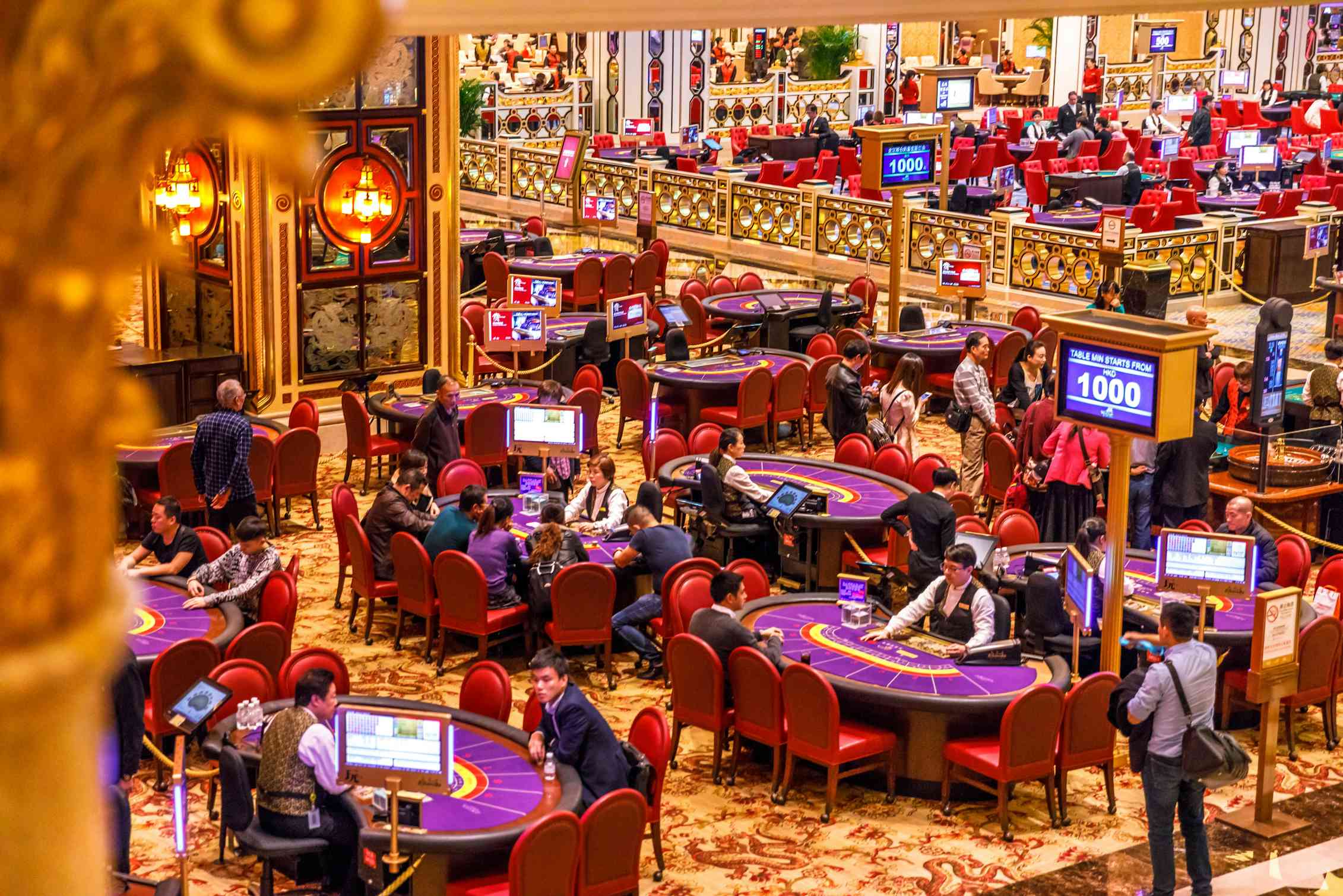The world of gambling entertainment has long fascinated participants with its blend of excitement, tactics, and the excitement of chance. With tech advancements advances and the gaming landscape changes, an exciting approach known as gamification has commenced to reshape the way we experience these classic games. By including gaming features such as competition, rewards, and progress tracking, gamification raises player interaction and changes the classic casino environment into a much interactive and inviting space.
This approach in gambling games not only attracts to seasoned gamblers but also attracts a fresh generation of participants who crave a more involved experience. Featuring features that promote participation and foster community among players, the game-based features infuse fresh energy into cherished favorites like casino poker, 21, and fruit machines. As we delve further into this phenomenon, we will analyze how this trend is redefining the casino atmosphere, making it far inclusive, fun, and beneficial for all participating.
Comprehending Game Elements

Gamification denotes the utilization of game-like features in non-game contexts to enhance user engagement and interaction. In the world of gambling, this idea has achieved considerable attention, altering classic gaming into a much engaging and rewarding experience. By including components such as scores, levels, and prizes, casinos can build an environment that drives players to engage more frequently and for longer times.
At the core of gamification is the desire to tap into the natural desires of players. Gaming experiences that employ gamification methods are designed to not only delight but also to foster rivalry and achievement. Players are often drawn to the immediate feedback and progress tracking that these features provide. This not only keeps them engaged but also fosters a notion of success as they achieve objectives and reveal additional aspects.
Furthermore, gamification can improve social interaction among players, creating a social atmosphere that improves the enjoyment of casino games. Features such as leaderboards, group contests, and teamwork activities allow players to link with fellow players, exchange stories, and battle in a friendly manner. E2BET This community element adds another facet to the gaming experience, rendering it even more captivating and pleasurable for gamers.
Effect on Player Interaction
Game design methods in gaming establishments have greatly transformed the way gamers engage with their favorite games. By including elements such as incentives, scoreboards, and achievement badges, gaming platforms create an atmosphere that encourages a stronger connection between players and the games they love. This improved engagement leads to longer gaming sessions and increased player dedication, as users strive to unlock new stages or receive special incentives.
Moreover, the social feature of interactive casino games cannot be dismissed. Many venues allow players to battle against friends or other users, which adds a layer of excitement and community. This contest drives engagement by tapping into players’ drive to compete, encouraging them to return for more in order to raise their standings or showcase their accomplishments. As a result, the connections between players foster a feeling of belonging that keeps users to play again.
Additionally, the instant responses and validation provided by interactive features serve to motivate players. It may be a message of a additional accomplishment or the excitement of earning a reward, these instant rewards play a essential role in maintaining attention. By constantly rewarding gamers for their actions, casino games become greater than a leisure activity; they evolve into an engaging activity that captivates players and improves their overall experience.
Trends in Casino Game Design
The landscape of gambling game design is constantly evolving, driven by tech innovations and shifting player preferences. One important trend is the incorporation of immersive technologies, such as virtual reality and augmented reality, to enhance the gaming experience. Such technologies create a more engaging environment, allowing players to feel as though they are in a real casino, which can lead to longer play sessions and increased player satisfaction.
A further trend is the integration of narrative elements into casino games. Game designers are focusing on narratives to create a stronger connection between the player and the game. This narrative-driven approach not only makes the games more enjoyable but also encourages players to invest emotionally, which can enhance their complete experience. By blending traditional gaming mechanics with engaging stories, developers are drawing in a wider audience who may not have before engaged with casino games.
Lastly, the emergence of social gaming features is reshaping how players interact with casino games. Many games now feature social elements, such as sharing achievements or competing with friends, to promote social interaction and engagement. This trend reflects a shift towards a more participatory experience, where players can connect with others, sharing their enthusiasm and challenges. As casinos adapt to these social dynamics, the experience of gaming becomes not just about individual play, but also about fostering connections among players.